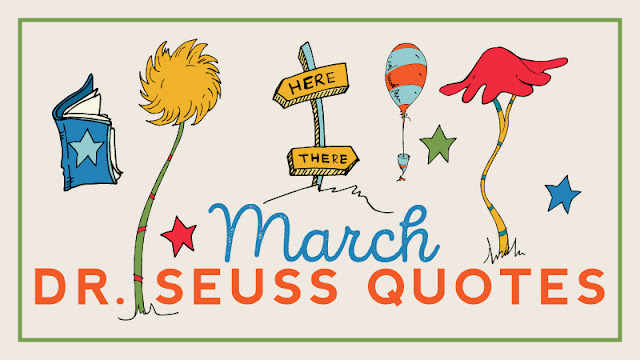Play as a Test Prep Tool
Use these games built around standardized tests to
build engagement and fuel learning. Standardized tests can be a wonderful
teaching tool to enrich and deepen classroom learning.
What?! The prevailing wisdom is that
standardized testing drains the life out of a classroom, saps students of
interest and engagement, brings on unnecessary and at times crippling stress,
and limits the view of what students are really learning in school.
Teaching to the test is a problem,
for sure. But using the format of a standardized test as a teaching tool can
enhance student learning—the question is how to do this in a way that captures
students’ interest.
Here are a few ways to use the
standardized test format to promote student engagement.
Play With Question Stems
Have students create the answer
responses to a question stem, thinking carefully about “wrong” answers and
finding the right language to construct the “correct” response. This is a
highly analytical exercise and challenges students to really know and
understand the concept being addressed in the question.
Flip the Question
Have students construct the question
based on the answer responses. This forces students to identify the patterns
and themes evident in the answer responses and thus arrive at the big idea in
the question.
A No-Stakes Review
At the end of a class in a
particular subject area, have students answer one multiple-choice,
standardized-test type of question to see if they grasped an idea covered in
class. This is a good way to garner immediate feedback. Time columnist
Annie Murphy Paul shares the example of Columbia Middle School in St. Louis,
Missouri, where teachers have students take a quick, no-stakes quiz—one that isn’t graded—at the end
of each class to see what they learned.
The Quiz Show Format
Play
Who Wants to Be a Millionaire? with
multiple-choice questions. The popular ’90s TV show invited participants to
answer a series of questions, sometimes enlisting the help of peers through the
Call a Friend option, in which the participant could call a friendly source of
information. The show also employed the 50/50 option, where two incorrect
responses were eliminated from the answer list so that the participant could
choose between just two options. Teachers can break the class into teams to
play this game. In a more modern version, the Call a Friend option could give
students one minute to Google the answer, forcing them to use intelligent
search language to find the right answer. Or students could instead ask a
friend for help.
Build Your Own Test
Give the class a mixed-up practice
test, with the questions scrambled and in no apparent order of difficulty. Have
teams of students reorder the questions, moving from easiest to hardest, being
prepared to explain and defend why a certain question was easy or difficult.
This also invites the students to consider the fact that on a standardized test
all questions are equal, with no single question having more value than the
others. Many students get hung up on hard questions and spend too much time on
them instead of moving through the test to answer as many questions correctly
as they possibly can.
Dispute the Question
Have students debate the merits of
the wording of a particular question to find flaws, biases, or shortcomings and
then rewrite the question with more careful wording.
Building experiences for students to
play with a test can help to defuse anxiety, create familiarity and comfort,
offer concrete strategies for success, promote collaboration and problem
solving, and open up important conversations around taking standardized tests.
https://www.edutopia.org























